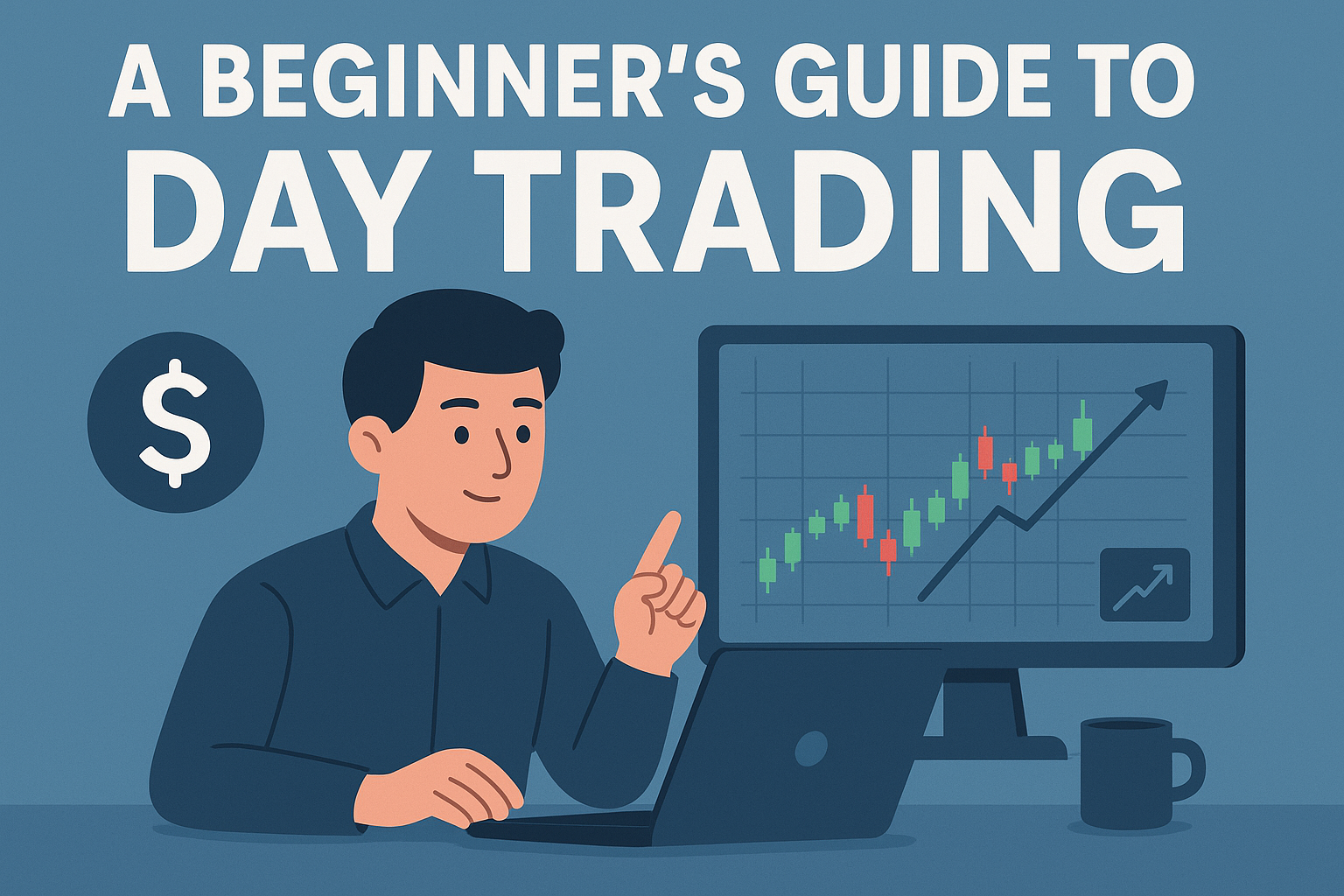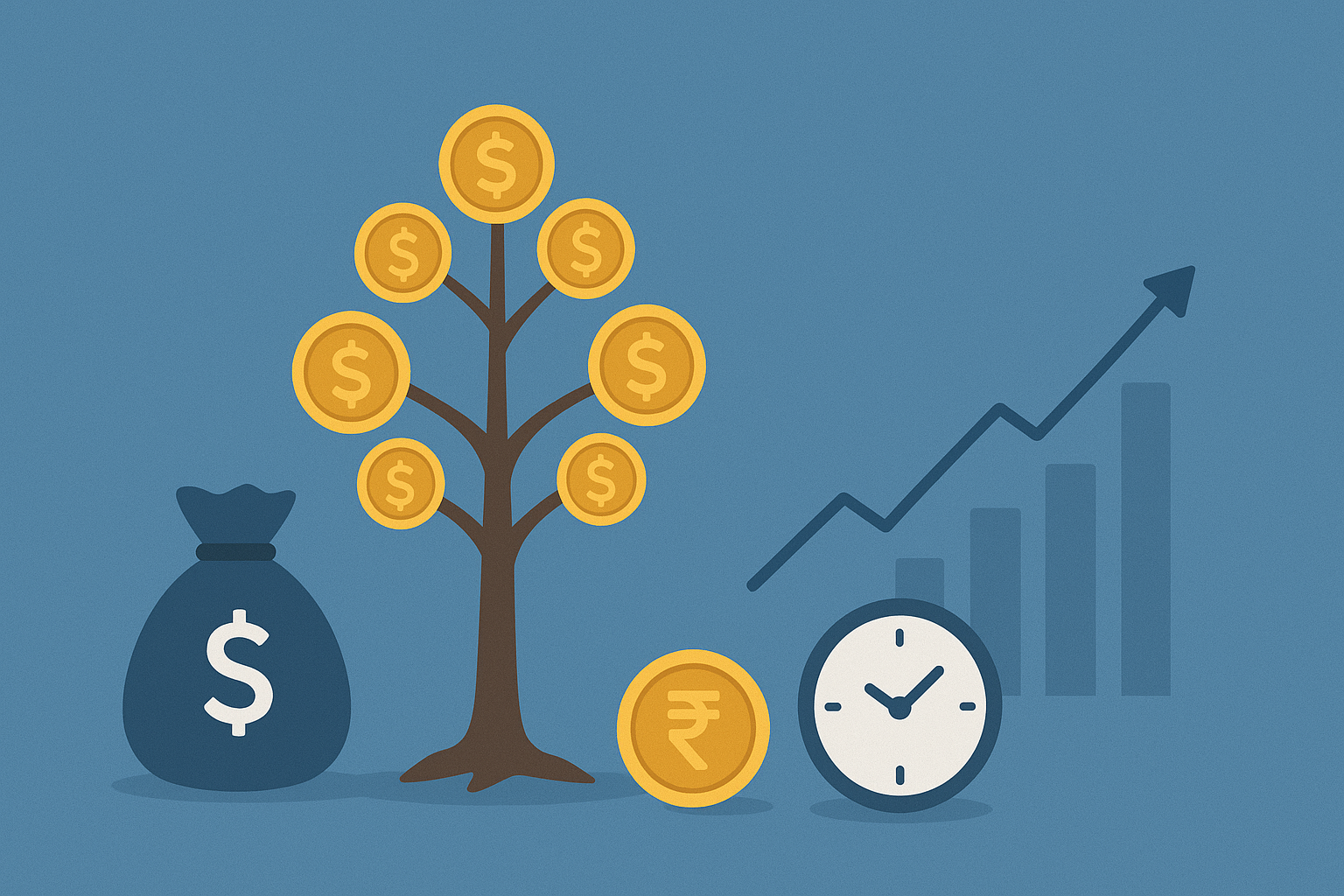Dividend yield is a vital measure for traders, as it plays a substantial role in influencing investment choices and strategies. It is the proportion of a company’s yearly dividend payments to its stock price, expressed as a percentage. The dividend yield is frequently used by traders to evaluate the income potential of a stock, assisting them in determining whether or not to invest in dividend-paying companies. Understanding how it influences investor psychology, market behavior, and long-term trading strategies is essential for those navigating the complexities of the stock market. In this comprehensive article, Namo Trading Academy explores the secrets of The Impact of Dividend Yield on Investor’s Mindsets in Stock Market Trading
The Psychology Behind Dividend Yield
Investors are influenced by both simple and emotional factors when making stock market decisions. it provides a sense of stability and passive income, which appeals to conservative investors looking for consistent returns. High dividend yields often attract risk-averse traders who prioritize income generation over capital appreciation. On the other hand, growth-oriented traders may overlook dividend yield in favor of companies with strong earnings potential and reinvestment strategies. Understanding investor psychology helps investors make informed decisions based on their financial goals and risk management.
Types of Dividend Investors
Different types of investors focus on dividend yield as a key metric in stock selection. Income investors prefer companies that consistently pay high dividends, providing them with a reliable source of income. Dividend growth investors seek stocks with a history of increasing dividends over time, ensuring long-term financial growth. Value investors often target undervalued shares with attractive dividend yields, believing these companies have strong fundamentals and future growth potential. By identifying their investment style, investors can optimize their portfolios for maximum returns.
Dividend Yield and Market Trends
Dividend yield is influenced by market conditions, economic cycles, and interest rates. During periods of market uncertainty or economic downturns, investors tend to favor high-dividend stocks as a hedge against volatility. In contrast, during bull markets, investors may shift their focus to growth stocks with lower dividend yields but higher capital appreciation potential. Additionally, changes in interest rates impact dividend-paying stocks; when interest rates rise, fixed-income investments become more attractive, leading to decreased demand for high-dividend stocks. Understanding these market dynamics enables investors to make strategic trading decisions.
Key Modules of Dividend Yield Analysis
1. Dividend Yield Calculation and Interpretation
To calculate dividend yield, investors divide the annual dividend per share by the stock price and multiply by 100. A higher dividend yield indicates greater income potential, but it may also signal financial distress if the yield is unusually high. Investors should assess the sustainability of dividends by analyzing a company’s earnings, payout ratio, and historical dividend performance.
2. Dividend Yield vs. Dividend Payout Ratio
While dividend yield measures income potential, the payout ratio shows the percentage of earnings a company distributes as dividends. A high payout ratio may limit a company’s reinvestment opportunities, potentially affecting future growth. Investors should strike a balance between yield and payout ratios to ensure sustainable returns.
3. Dividend Growth and Stability
Consistent dividend growth signals financial strength and a commitment to shareholder returns. Investors often examine a company’s dividend history, income stability, and cash flow generation to gauge dividend reliability. Stocks with a long history of dividend increases, such as Dividend Aristocrats, are highly sought after by income-focused investors.
4. High Dividend Yield vs. Dividend Traps
A high dividend yield can be appealing, but investors must be cautious of dividend trap stocks with unsustainable dividends that may be cut in the future. Companies with declining sales, excessive debt, or deteriorating fundamentals may struggle to maintain high dividend payouts. Conducting thorough research and evaluating financial statements helps investors avoid dividend traps.
5. Sectoral Analysis of Dividend Yield
Certain sectors are known for high dividend yields, such as utilities, consumer staples, and real estate investment trusts (REITs). These industries generate consistent cash flows, making them attractive to income investors. Conversely, technology and growth sectors typically reinvest profits, resulting in lower dividend yields but higher capital appreciation. Understanding sectoral differences enables investors to diversify their portfolios effectively.
6. Tax Implications of Dividend Investing
Dividends are subject to taxation, with various rates depending on the country and investor’s tax bracket. Qualified dividends often receive favorable tax treatment, while non-qualified dividends may be taxed at higher rates. Investors should consider tax implications when selecting dividend stocks to maximize after-tax returns.
7. Dividend Reinvestment Strategies
Dividend reinvestment plans (DRIPs) allow investors to have dividends reinvested into additional shares of the same security automatically. Such an approach assists in enhancing compounding returns over time by accelerating wealth accumulation. Investors utilizing DRIPs benefit from rupee-cost averaging, diminishing the impact of market volatility on investments.
The Role of Dividend Yield in Long-Term Investment Strategies
Dividend yield plays a critical role in long-term wealth creation and retirement planning. Investors who prioritize dividends gain from passive income streams, reducing reliance on stock price appreciation. Companies with strong dividend policies often exhibit financial stability, making them reliable investment choices during economic downturns. By incorporating dividend-paying stocks into a diverse portfolio, investors can achieve a balance between income generation and capital growth.
Conclusion
Dividend yield is a key factor influencing investor sentiments in stock market trading. It affects investment decisions, risk preferences, and long-term financial strategies. By understanding dividends, market trends, and sectoral differences, investors can make informed choices that align with their financial goals. Whether focusing on income generation, growth, or portfolio diversification, it serves as a valuable tool in navigating the ever-changing stock market landscape, Namo Trading Academy is your Gateway for a Bright Future.



